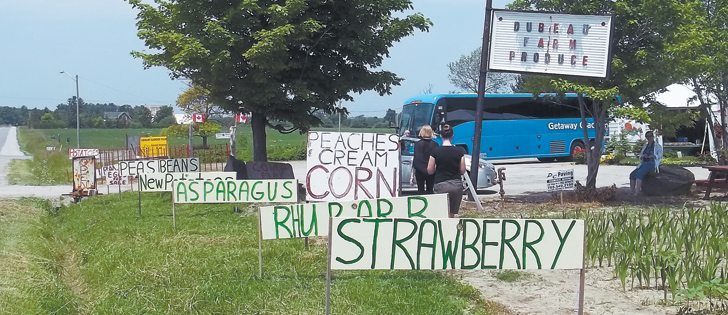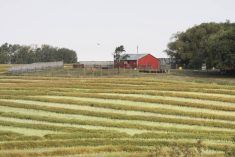There’s a new phrase for foodie experiences that appeal to those who support local food production: agri-culinary tourism.
The term connects smaller food producers with chefs and bed and breakfasts who promote local ingredients.
One such initiative is the Buy Local, Eat Natural campaign in British Columbia, which has a website featuring farmers in a get-to-know-us format alongside recipes and farm directions.
Another B.C. program by Farm Folk City Folk, called Meet Your Maker, connects smaller producers with chefs, restaurants and retail stores. B.C. Farm Fresh provides extensive listings for farmgate sales and pick-your-own produce.
Read Also

Nutritious pork packed with vitamins, essential minerals
Recipes for pork
In Alberta, small producers connect with chefs through the Alberta Culinary Tourism Alliance, which also promotes Dine Alberta, a listing of restaurants with a high percentage of local food.
Saskatchewan Tourism offers culinary tours of the southwest through the Field to Fork initiative, while the Canadian Tourism Commission created an online how-to guide for culinary tours across Canada in 2003.
Many of these promotions focus on smaller producers or chefs who prize local food, but a marketing association in Ontario has taken it a step further by representing both groups.
The Simcoe County Farm Fresh Marketing Association includes restaurants and bed and breakfasts as Farm Fresh members and has just unveiled a new strategy to increase visibility and revenue.
The Huronia Food Trail is a pilot project debuting this month that includes 14 small-scale farms, restaurants, food retail stores, caterers and bed and breakfasts in the southern Georgian Bay area.
Association executive director Sandra Trainor said restaurants were included in the Farm Fresh membership because the food service industry is an important partner in a sustainable food system.
“When chefs support local agriculture and the fresh, flavourful and quality food grown and raised close to them, they support their local economy,” she said.
“Customers value that and will in turn patronize those restaurants that support local farmers.”
Brochures of the self-guided tour have a biography of each stop, contact information and directions plus a promise that all participants are “advocates of local tastes and local products.”
The pilot program was funded through the Ontario tourism ministry, municipalities and an annual August fundraising event, Savour Simcoe, which connects local chefs with local producers for a Sunday afternoon foodie extravaganza.
“Savour Simcoe is an event where proceeds go back into the organization as a whole to help cover marketing costs, and the Huronia Food Trail is one of those costs,” Trainor said.
Stops on the trail include Chez Vous, Chez Nous, a bed and breakfast on a farm that dates back to 1846, and the Explorers Cafe featured in the Where to Eat in Canada Guide.
Explorers Café owner Rob Reader, who has led dozens of expeditions to the Antarctic and the Amazon, said it’s important to have year-round community support to be a successful restaurant that relies on local food.
“You get a lot of business in the summer months (in a tourist area), but for the other 10 months, it’s the locals who support you and they’ve really embraced our (locavore) philosophy,” said Reader.
The pilot project is expected to run six months to a year and, if successful, can accommodate 10 or more members before branching out into other regions of Simcoe County besides Huronia.

















